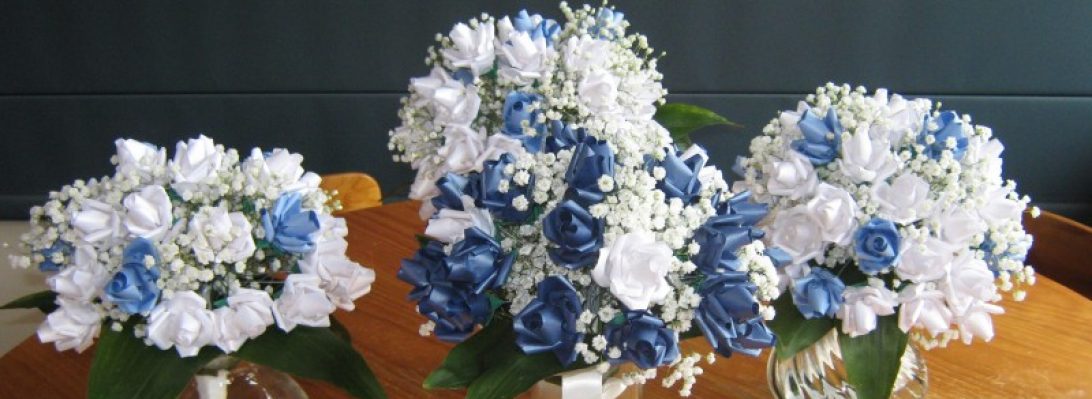Over the last few years I have played with origami tessellations – the theory of a repeatable pattern that interacts with other repeats (molecules) is fascinating and a real testament to the accuracy of the pre-folding. As part of another project, I have been exploring triangle grids, and a devilishly tricky to collapse hex-cell tessellation by Robert Lang he calls “Honeycomb”.

After folding this a number of times, and then schematicizing the molecule, I noticed that “cells” were deep and, due to the nature of the collapsed layers inside I did not think they were very tidy nor kept their shape nicely. All to often, in origami design, paper thickness is disregarded in the theoretical collapse – in this case hiding away most of the paper in canyons between cells deforms them in ugly ways.

I started playing with the corner mechanism, and discovered I could halve the height of the cell wall, making the tuck much less bulky and doubling the size of the resultant folded field on the same bit of paper. Additionally it held itself together nicely with edges that are easy to stabilise. With a little practice (I am sure my work colleagues thought me obsessed, given the number of times I folded this tessellated field) I was ready to scale up … well, down in truth as I folded a “tiny” triangle grid on my target mustard leather-grain paper and then set the corner widgets before collapse only to then realise that folding this small was a real challenge with my nerve damaged, fat clumsy fingers.


